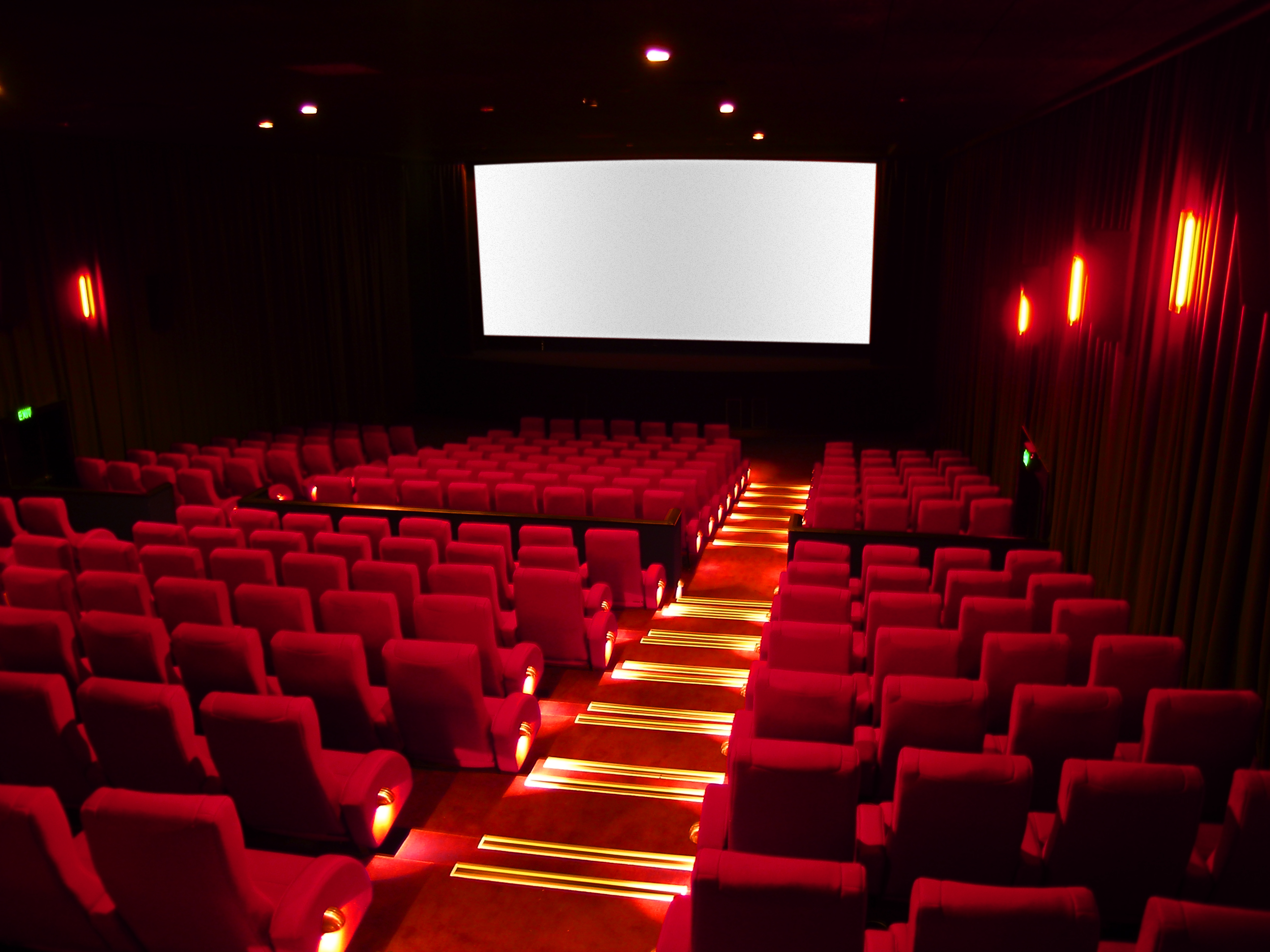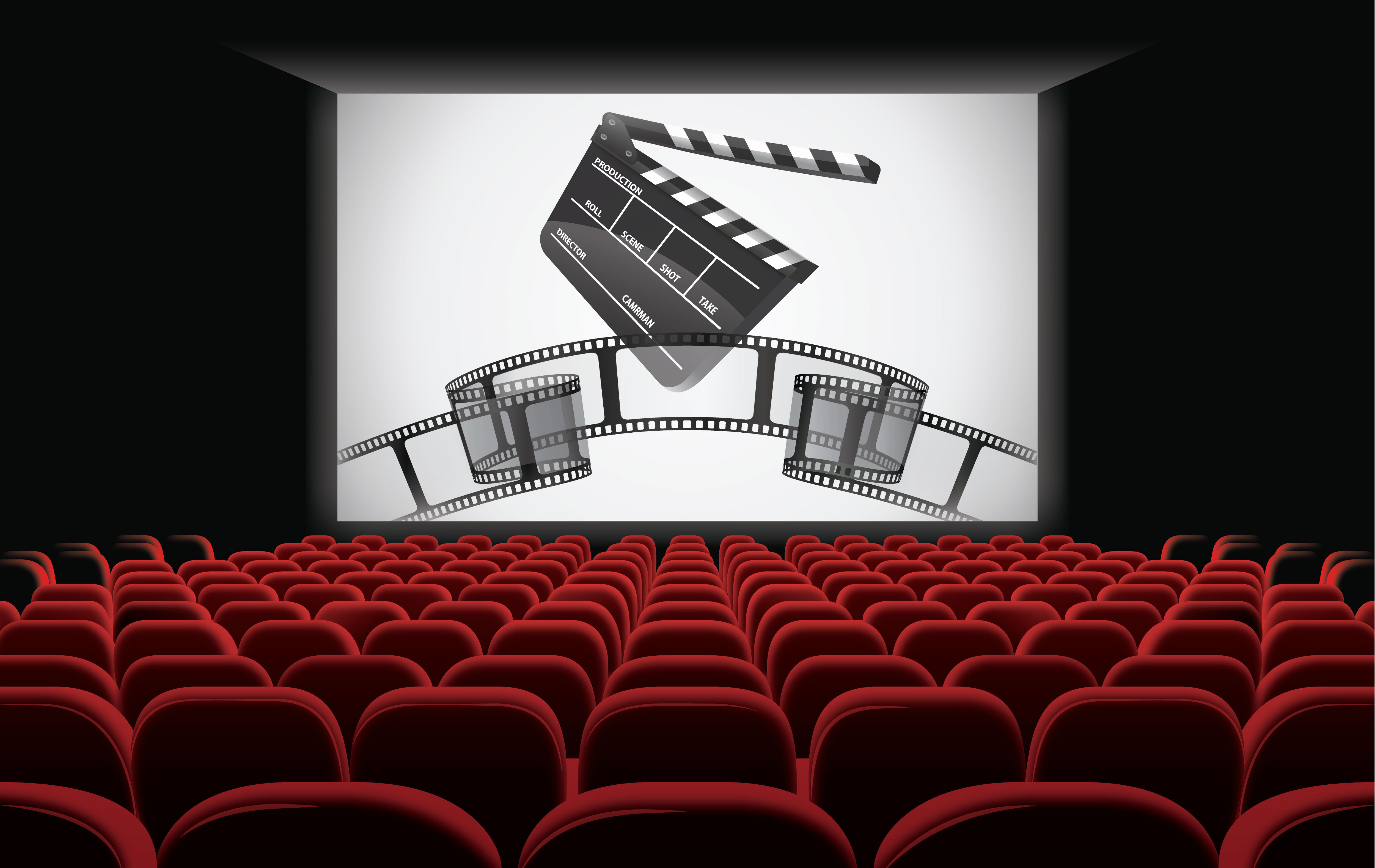Cinema Rex Iran: The Fire That Ignited A Revolution
The Cinema Rex fire in Abadan, Iran, on August 19, 1978, remains one of the most harrowing and pivotal events in modern Iranian history. This tragic incident, which claimed the lives of hundreds of innocent moviegoers, was not merely a devastating accident but a profound catalyst that accelerated the already brewing Iranian Revolution, ultimately leading to the overthrow of the Pahlavi monarchy. Its echoes resonate through time, a stark reminder of how a single act of terror can alter the course of a nation.
More than four decades have passed since that fateful night, yet the mystery surrounding the Cinema Rex fire continues to shroud it in a veil of unanswered questions and conflicting narratives. Understanding this event is crucial for anyone seeking to grasp the complexities of Iran's revolutionary past and its enduring impact on the nation's psyche.
Table of Contents
A Nation on the Brink: Iran in 1978
To fully comprehend the gravity of the Cinema Rex fire, it is essential to understand the volatile political landscape of Iran in 1978. The year was a cauldron of discontent, simmering with revolutionary fervor that would soon boil over. Since the 1953 coup d’état, Mohammad Reza Shah Pahlavi had consolidated his power, ruling with an increasingly firm, monarchical hand. His modernization programs, while bringing some economic growth, alienated vast segments of the population, particularly religious conservatives and the working class, who felt their traditional values were being eroded and economic benefits unevenly distributed.
By 1978, public opposition to the Shah's regime was reaching a fever pitch. Protests, strikes, and clashes with security forces were becoming commonplace. The Shah's secret police, SAVAK, had a reputation for brutal suppression, further fueling resentment. The stage was set for a major upheaval, and events like the Cinema Rex fire would serve as tragic accelerants, pushing the nation irrevocably towards revolution.
The Fateful Night at Cinema Rex
The city of Abadan, located in the Khuzestan province in southwest Iran near the Iraq border, was a bustling oil city, a symbol of Iran's modernity and its oil wealth. It was here, on the evening of August 19, 1978, that the unthinkable occurred at the Cinema Rex. This incident would forever etch itself into the collective memory of Iranians as a moment of profound horror and a turning point in their history.
The Setting and the Film
On that Saturday evening, a crowd of about 700 people had gathered at the Cinema Rex, eager to watch "The Deer" (Gavaznha), a controversial political film. The film, directed by Masoud Kimiai, depicted themes of poverty, drug addiction, and social injustice, resonating deeply with the public's growing discontent. It was an Iranian family film, also referred to as "Reindeer" in some accounts, drawing a diverse audience, including families and children.
The cinema itself, like many public spaces in Abadan, was a place of leisure and escape, a stark contrast to the political turmoil brewing outside its walls. Little did the patrons know that their evening of entertainment would turn into a nightmare of unimaginable proportions.
The Attack Unfolds
Accounts from the provided data indicate a chilling sequence of events. At approximately 8:21 PM (or 9 PM in some accounts), four men, after reportedly being disappointed to find the nearby Soheila Cinema closed and having snacked on grilled kebabs, entered the lobby of the Cinema Rex. These individuals, later identified as militants motivated by Islamic extremism, proceeded with a horrific plan.
The attackers barred the doors of the cinema, effectively trapping the audience inside. They then doused the building with petrol from a can, or airplane fuel as described in other accounts. The fire started outside three entrance doors to the main hall after the attackers allegedly dropped a match into the petrol. Flames and smoke suddenly swept through the movie hall around 10 p.m., engulfing the cinema in a fiery inferno.
A Massacre of Innocents
The speed and intensity of the fire left little chance for escape. With exit doors blocked, the approximately 700 patrons found themselves in a death trap. The tragic toll of the Cinema Rex fire varies slightly across reports, but all agree on the immense loss of life: between 377 and 470 people perished. Some accounts state over 400, others specifically 422, and one even mentions 430 Iranians burned alive.
The horror of the event was immense. People were burned to death, suffocated by smoke, or crushed in the desperate scramble to escape. The incident was a massacre, a deliberate act of terror that targeted innocent civilians, including families and children. This act of barbarism shocked the nation and the world, highlighting the extreme violence that was beginning to characterize the revolutionary period.
The Immediate Aftermath and the Blame Game
In the immediate aftermath of the Cinema Rex fire, a fierce blame game erupted, fueled by the pervasive revolutionary atmosphere. The Iranian authorities, under the Shah's regime, rushed to blame the opposition for the massacre. Their narrative suggested that the fire was the work of extremists aiming to destabilize the country and discredit the government.
However, Ayatollah Khomeini, the exiled spiritual leader of the revolution, immediately countered, blaming the Shah and his secret police, SAVAK, for setting the fire. This counter-narrative suggested a government plot to discredit the Iranian Revolution and its supporters, portraying the regime as so desperate that it would commit such atrocities against its own people. This accusation, whether true or not, resonated deeply with a populace already distrustful of the Shah's government.
The confusion and conflicting claims surrounding the Cinema Rex fire only deepened the public's anger and suspicion, further eroding the Shah's legitimacy and pushing more people into the arms of the revolutionary movement.
A Catalyst for Revolution: The Cinema Rex Fire's Impact
The Cinema Rex fire was not just a horrific event; it was a major catalyst for the Iranian Revolution, which was already set off the same year. This tragedy, along with the Black Friday massacre in Jaleh Square on September 8th, 1978, became pivotal moments that led to the toppling of the Shah's regime. The scale of the loss of life and the public's outrage over the incident brought the Pahlavi regime closer to the brink of downfall.
The fire triggered widespread protests and mourning, intensifying the anti-Shah sentiment across the nation. It fueled the narrative that the regime was either incompetent in protecting its citizens or, worse, actively complicit in their suffering. The incident galvanized the opposition, drawing more people to the revolutionary cause and making the Shah's position increasingly untenable. It was a turning point, transforming simmering discontent into an unstoppable revolutionary wave that would sweep away the monarchy in 1979.
Theories and Unanswered Questions
Despite the passage of over four decades, the Cinema Rex fire remains shrouded in mystery, representing a dark chapter in Iran's history. The exact identity and motivations of the perpetrators, and who ultimately orchestrated the attack, continue to be debated. The primary theories suggest two main possibilities:
- Work of Extremists: One prominent theory, supported by post-revolutionary investigations, posits that the fire was the work of fanatic followers of Ayatollah Khomeini or other Islamic extremists. These individuals, described as "militants motivated by Islamic extremism" or "four Shiite revolutionaries," allegedly saw cinemas as symbols of Western decadence and cultural corruption, antithetical to their vision of an Islamic society. The attack was thus a brutal statement against the Shah's modernization policies and Western influence.
- Government Plot: The counter-theory, propagated by the revolutionary movement at the time, suggested it was a plot by the government or SAVAK to discredit the Iranian Revolution. This narrative claimed the Shah's regime orchestrated the attack to frame the opposition and justify a crackdown. However, this theory has largely been discredited by later investigations, though it remains a part of some popular narratives.
While several individuals were arrested and executed for the crime after the revolution, including the alleged leader Hossein Takbalizadeh, questions persist about the full extent of the conspiracy and whether higher powers were involved. The incident's complexity and the politically charged atmosphere in which it occurred make a definitive, universally accepted account difficult to achieve.
Legacy and Remembrance
The Cinema Rex fire holds a significant place in Iranian collective memory. It is remembered as one of the worst terrorist attacks worldwide, ranking amongst the top five prior to the 9/11 attacks in 2001. This project, aimed at remembrance and education, ensures that the victims are not forgotten and that the lessons of this tragic event are preserved for future generations.
For many Iranians, the nostalgia for the Abadan of cinemas, a city that once embodied modernity and cultural vibrancy, is now contrasted by the painful experience of the fire that went up in flames in the oil city. The final act in the combustible story of Abadan’s glory starts with a fire and ends with a war, referring to the subsequent Iran-Iraq War that devastated the city.
Artistic Interpretations
The Cinema Rex fire is particularly meaningful when looking at Iranian history from an artist’s perspective. Iranian artist Mahmoud Bakhshi, for instance, created an immersive installation that centers on the infamous Cinema Rex fire. His work often uses satirical elements, such as a comedic villain twirling his mustache and scowling on stage, to explore the complexities and dark humor of political narratives surrounding such events.
Journalists and critics like Karim Nikunazar, founder of Tragedy Radio Podcast and Tragedy Book Bimonthly, continue to revisit the Cinema Rex tragedy, ensuring its memory is kept alive and its historical significance explored through various media. These artistic and journalistic endeavors serve as crucial avenues for remembrance, education, and ongoing reflection on this profound historical wound.
The Darkest Chapter: Cinema Rex in Historical Context
The Cinema Rex fire stands as a grim testament to the volatile forces at play in Iran during the late 1970s. It was a tragedy born from extreme ideologies and political desperation, illustrating how innocent lives become casualties in the crossfire of revolutionary upheaval. The incident's scale and its role in accelerating the downfall of the Shah ensure its place as one of the most impactful, and indeed darkest, chapters in Iran's modern history.
The fact that the problems came sooner than expected and with a virulence that no one saw coming, as one account suggests, underscores the unpredictable and devastating nature of the revolutionary period. The massacre at Cinema Rex was a stark warning of the violence that could erupt when political tensions reached breaking point, leaving an indelible mark on the nation's collective memory and shaping its future trajectory.
Conclusion
The Cinema Rex fire in Abadan was far more than a fire; it was a pivotal act of terror that profoundly reshaped the course of Iranian history. Claiming the lives of hundreds, it fueled the revolutionary fervor that swept away the Pahlavi monarchy and ushered in a new era. While the full truth behind the incident remains debated, its impact as a catalyst for the 1979 Iranian Revolution is undeniable. It stands as a powerful reminder of the human cost of political extremism and the enduring legacy of a nation's struggle for change.
What are your thoughts on the Cinema Rex fire and its lasting impact on Iran? Share your perspectives in the comments below. For more insights into significant historical events, explore other articles on our site.

Cinema Nouveau: The Architecture of Movie Theaters | ArchDaily

It's Decided: 700 Cinemas Nationwide Will Play 'Negaraku' & More

Open Standards Finds Unlikely Sector of Growth in the World of Cinema